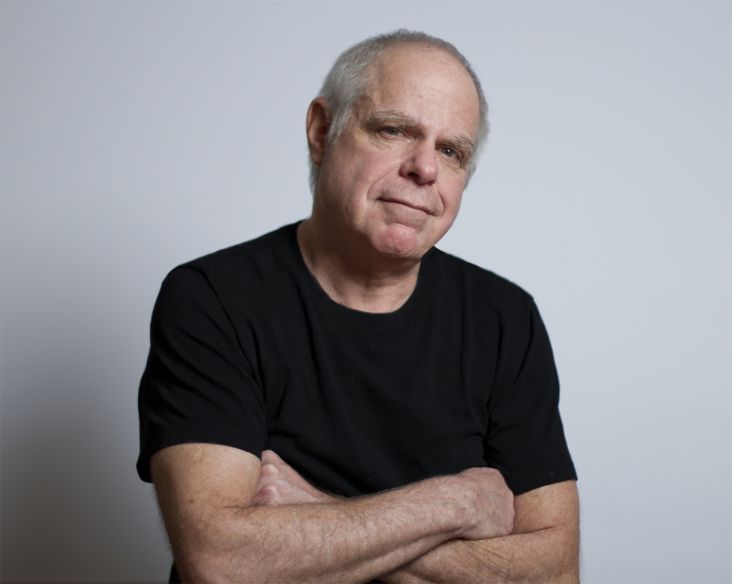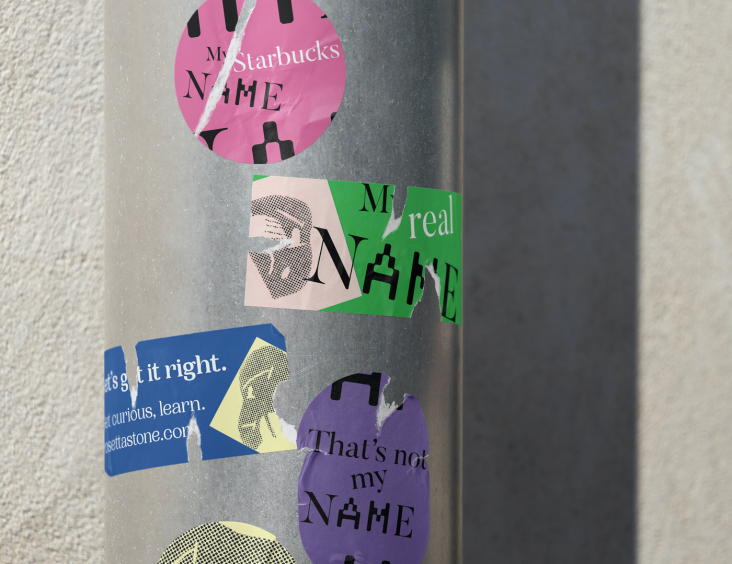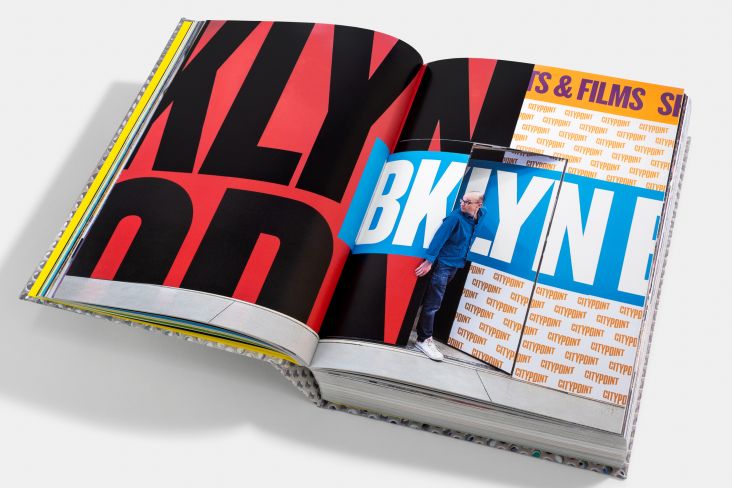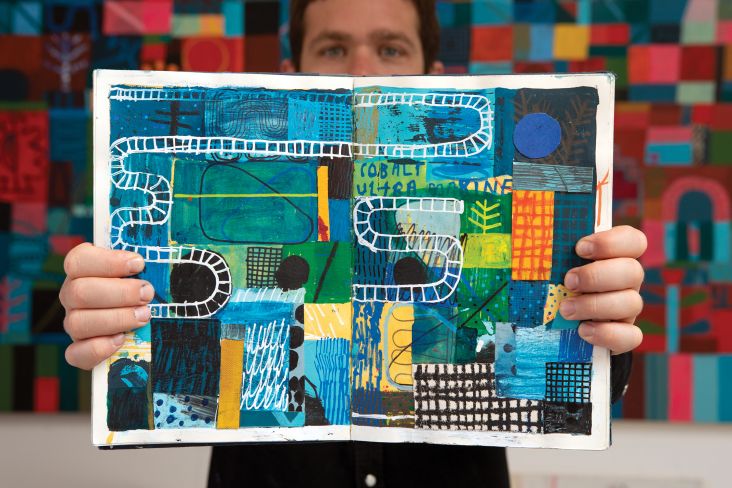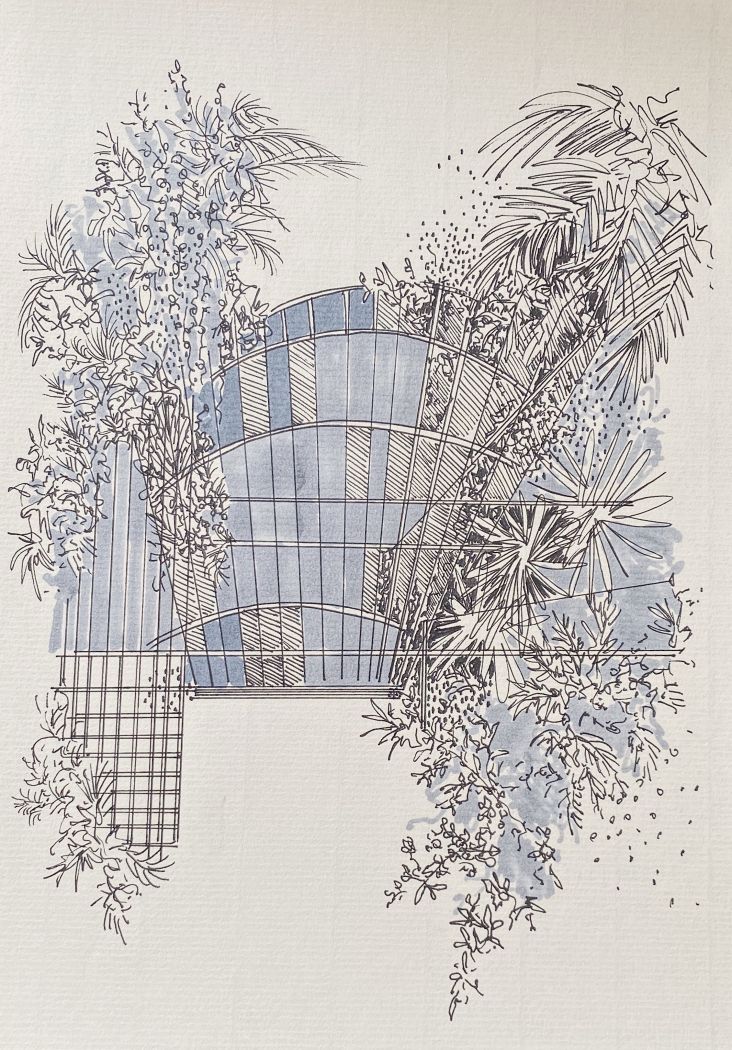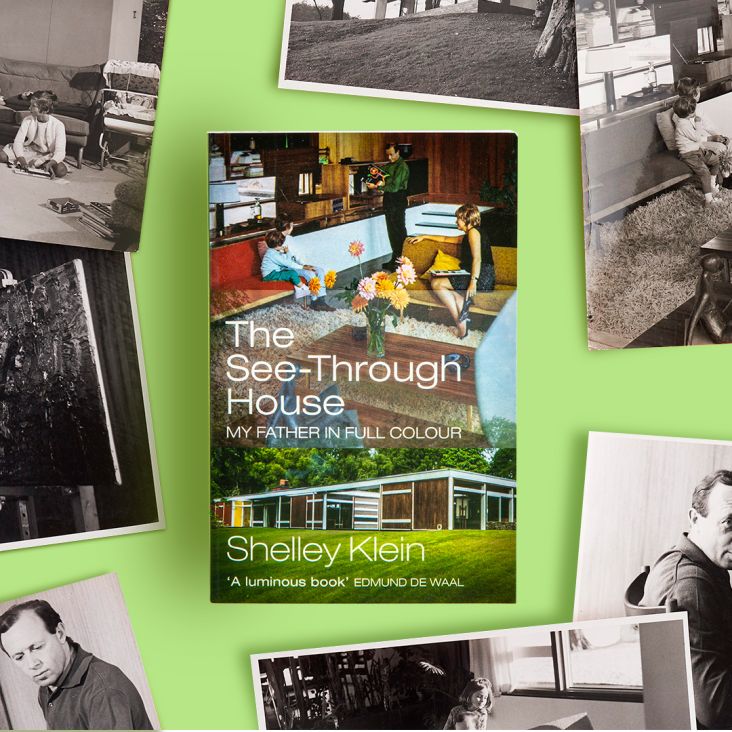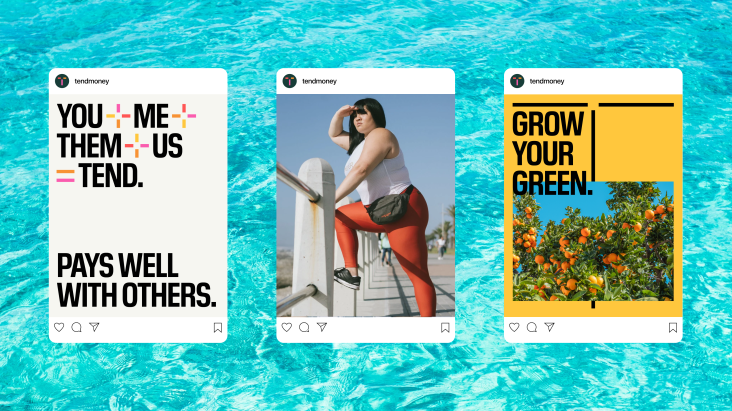Joey Rippole of Conran Design Group reveals the five books that inspired his career in design
After spending much of the last 20 years obsessing over architectural design but enjoying a career in brand building, Joey Rippole's bookshelf is undoubtedly a curious mixture of inspiration. Here, we look at five of his favourite titles.

Joey Rippole, Director of Strategy at Conran Design Group
Formerly a designer and architect, Joey is now Director of Strategy at Conran Design Group in New York City. From brand positioning to experience design, he has spent over twelve years working across every aspect of brand building.
Prior to Conran, Joey enjoyed a decade-long stint at the global branding agency, Lippincott where he rose to the position of partner. With all that experience under his belt, his work is fuelled by thoughtful curiosity, creative expression, and design thinking.
Over the course of his career, he's worked with everyone from Bank of America and Cathay Pacific to Chevron, McDonald's, Pfizer and Samsung. We asked Joey to share his five favourite books of all time and the reasons why each one means so much.
1. Modern California Houses by Esther McCoy
I have spent my career mostly focusing on commercial architectural design. But residential architectural design was actually where my love for architecture began, with a particular fondness for modernism.
From the mid-1940s to the late-1960s, there was a design series developed by Art & Architecture magazine called The Case Study House Program. It brought together great modernist architectural minds from the time – Richard Neutra, Pierre Koenig, Charles and Ray Eames, Eero Saarinen, and more – to design and develop residential home designs for the modern era.
The intent of the series of 28 home designs was to bring the modernist movement to residential design (which it had yet to touch), to create modular designs that could be quickly and easily built (basically the precursor to pre-fab homes), to offer floor plans that allowed for ultimate flexibility (based on each home owner's needs), to use new materials in residential design (steel, glass, and concrete), and to put beautiful design within reach of the masses (early democratization of design). Ultimately, the program gained great notoriety for the magazine, the architects, and the homes; but it never actually translated into building those homes at a mass scale.
Esther McCoy explores some of the original Case Study House designs in her book Modern California Houses. There have been many variations of this book over the years, but this was the original. As an architectural historian and the "mother of modern California architecture", McCoy gave the first look into the designs that have impacted residential design across the globe. Those design tenets of the program — modernism, flexibility, efficiency, innovation, and design-for-all — continue to guide my own design work to this day.
2. Porsche Design 40Y by Rolf Heyne
To begin, Porsche Design (the goods) and Porsche (the cars) are not the same things. However, they do come from the same roots.
Back in the 1970s, Ferdinand Alexander Porsche, the "father of the modern sports car" who designed the original Porsche 911, expanded the family business and effectively took it public. This required that the family step down from their roles in the car company, including his role as lead designer. As a lifelong designer and creator, Ferdinand needed an outlet to create and build. So he created Porsche Design, a small design shop nestled in the hills of the Austrian countryside.
In the beginning, Ferdinand and Porsche Design created goods that he believed needed to be redesigned — a pipe, a toy vehicle, sunglasses, and more. Most often, Porsche Design was commissioned to design goods for major manufacturers — a train car for Siemens, a champagne cooler for Veuve Clicquot, a camera for Samsung, to name only a few. Over time, Porsche Design created its own line of beautifully designed products — apparel, luggage, glasses, watches, even a shisha — all of which were made available through their own retail stores.
For its 40th anniversary, Rolf Heyne provides a look at the beautiful range of designs that Ferdinand and Porsche Design have created over the years in Porsche Design 40Y. At the core of every design lies a simple set of principles. An attitude, really. Good design is honest. It is the perfect balance of form and function. It does not rely on trends; it is timeless. It is well crafted and of the highest quality. It is designed for the need; there is no such thing as a "house style". And it considers every little detail.
At any moment in time, you can find at least one Porsche Design good on or near me. (You could say I'm a bit of a Porsche Design junkie.) Each item is such a true reflection of what I believe about design.
3. The Pirate Inside by Adam Morgan
Despite being an overused buzzword, 'innovation' is so important to producing better, brighter, bolder work for clients. And innovation can only be driven by people. So building, growing, and nurturing teams is something I love focusing on in my leadership and management.
In The Pirate Inside, Adam Morgan explores ways in which organizations — particularly large organizations where innovation can be a truly uphill battle — can create new ideas in everything that they do. He offers a set of common "characters" that, together as a team, create the perfect equation to yield maximum innovation results.
There's the Hamster, who is always running on its wheel, creating a constant source of ideas. There's the Rhino, who is determined and aggressive in making things happen. There's the Denter, who has a personal mission to make a dent in the world and is willing to embrace tension rather than accept dilution to meet that mission. And there's the Smokejumper, who provides air cover so that the Hamster, Rhino, and Denter can move the needle.
Sure, they're not a parallel set of characters. (I would love them all to be animals.) But these characters have always resonated with me. They're cute. They're simple. And they're great metaphorical devices that I keep in the back of my head when thinking about the roles of each member of my team so that we always have the right balance.
4. The Rise of the Creative Class by Richard Florida
Richard Florida's The Rise of the Creative Class is an oldie but goodie that explores the impact that creative work and those that develop creative work — the creative class — have in shaping society, the economy, how we live, how we work, and beyond.
This creative class of people is posed as the creators of the renaissance of post-industrial society. Professionals from science, engineering, the arts, design, media, education, and more contribute to society by innovating, creating, problem-finding, and problem-solving.
It's really interesting to consider those sociological, psychological, and anthropological impacts that creative work has on the world more broadly, the cities we live in, our lifestyles, what we consume, etc. Data and insights have been updated over the years. However, the original version that I read early on when I was an undergraduate student definitely helped to put into context the work that I designed. It helped me to think about how every design decision has a reverberating effect with impacts in areas that may not on the surface seem related.
5. From Altoids to Zima by Evan Morris
When creating a brand, I don't necessarily think about verbal, visual, and experiential expression as separate entities. I see them as a melding into one big brand expression. And naming, as one of those means of expression, is one of my favourite things to do in building a brand.
Naming can be incredibly difficult (and subjective), but when the right strategy and story exists behind the name of a company, product, or service, it can remove that subjectivity — and can lead to a really successful name.
The stories behind the origins of names can be truly fascinating. Some are so obvious once you learn the meaning. Some require a ton of back story to fill a name with meaning. Some are simple and straightforward. In From Altoids to Zima, Evan Morris shares the stories and background behind 125 different brand names. It's a fun read and also gives a good view into the storytelling power of a strong name.

















